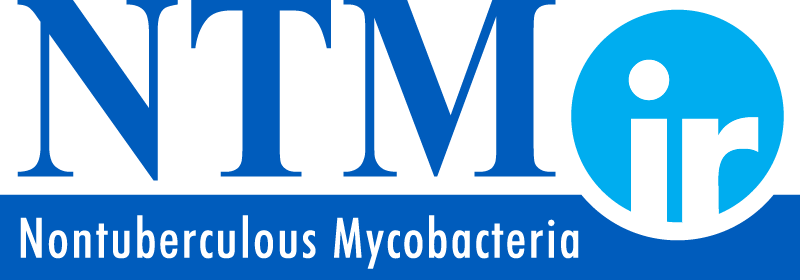Nontuberculous Mycobacteria (NTM) lung disease is a chronic respiratory condition that can significantly impact a person’s ability to breathe freely and maintain lung function. One of the most important aspects of managing NTM is airway clearance, a therapeutic process aimed at improving lung health by helping clear mucus and other obstructive material from the airways.
Understanding NTM and the Need for Airway Clearance
NTM lung disease occurs when nontuberculous mycobacteria, a group of bacteria that are not typically harmful to healthy individuals, infect the lungs. Over time, this infection can lead to inflammation, mucus production, and airway damage, making it harder for patients to breathe properly.
The primary challenge in treating NTM lung disease is managing the buildup of mucus. In patients with NTM, the airways are more prone to obstruction due to excess mucus, which can trap bacteria, making it difficult for the body to clear out harmful pathogens and causing recurring infections. That’s where airway clearance techniques come into play.
5 Key Airway Clearance Techniques for NTM Patients
- Chest Physiotherapy (CPT)
Chest physiotherapy, also known as manual chest physical therapy, is one of the most widely used methods of airway clearance. CPT involves using techniques such as clapping, vibration, and postural drainage to help loosen mucus in the lungs. This process can be done manually or with the assistance of specialized devices.
- Positive Expiratory Pressure (PEP) Therapy
PEP therapy uses a device that creates a slight resistance while exhaling. This helps keep the airways open and assists in moving mucus from the smaller airways to larger airways, making it easier to clear. PEP therapy can be a highly effective tool for NTM patients who have difficulty clearing mucus on their own.
- High-Frequency Chest Wall Oscillation (HFCWO)
HFCWO therapy uses an inflatable vest connected to a machine that vibrates at a high frequency. This vibration helps loosen mucus from the lungs, making it easier to expel. Many patients find HFCWO to be an effective and non-invasive airway clearance technique.
- Inhaled Medications
Inhaled therapies, such as nebulized saline or mucolytics (e.g., hypertonic saline), can help thin the mucus in the lungs, making it easier to clear. These medications are often used in combination with other airway clearance techniques to improve their effectiveness.
- Exercise and Breathing Techniques
Regular physical activity and specific breathing exercises can support airway clearance by improving lung capacity, strength, and overall function. Exercises like diaphragmatic breathing and pursed-lip breathing can be particularly beneficial for people with NTM lung disease.
How Airway Clearance Helps NTM Patients
Effective airway clearance can have a profound impact on the daily lives of NTM patients. By reducing the accumulation of mucus in the lungs, these techniques help decrease the risk of lung infections, improve oxygen intake, and increase energy levels. Patients may experience fewer flare-ups, reduced hospital visits, and a better overall sense of well-being.
Incorporating airway clearance as part of a comprehensive treatment plan can also improve the effectiveness of antibiotics and other therapies used to manage NTM infections. By keeping the airways clear, patients give their bodies the best chance to fight off the infection and heal.
If you or a loved one are managing NTM lung disease, be sure to consult your healthcare provider about which techniques are best for your individual needs.
For more information on airway clearance and NTM lung disease, check out this helpful video which provides valuable insights from experts in the field.
